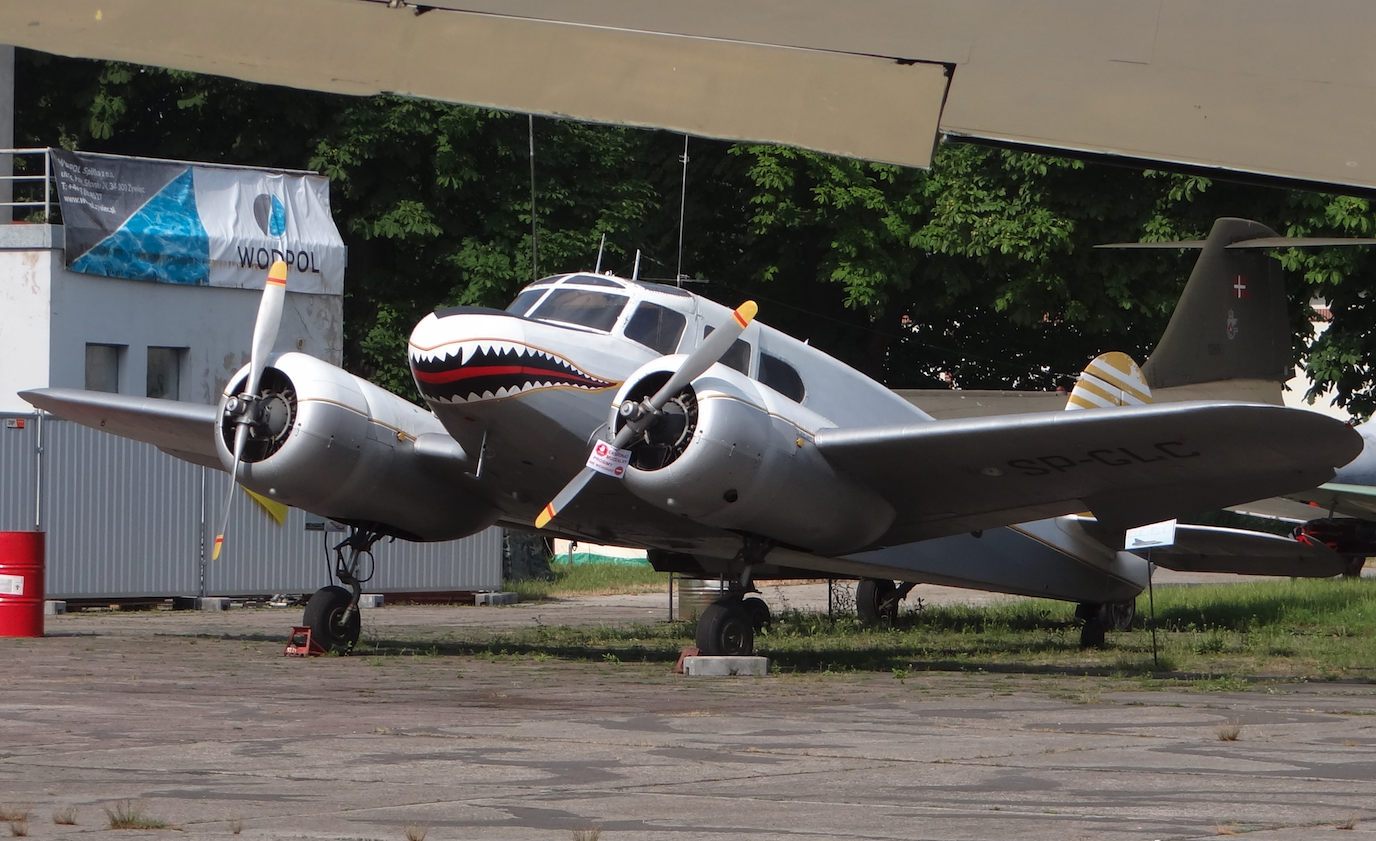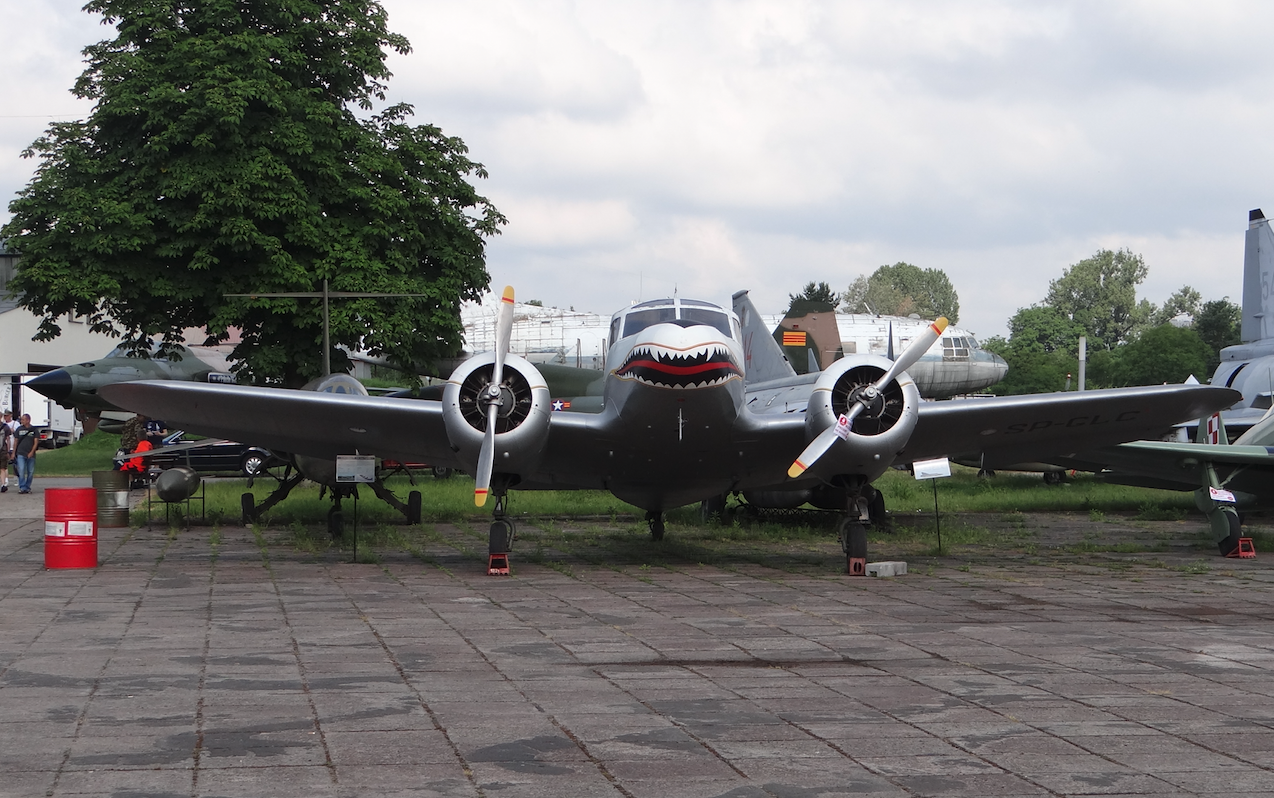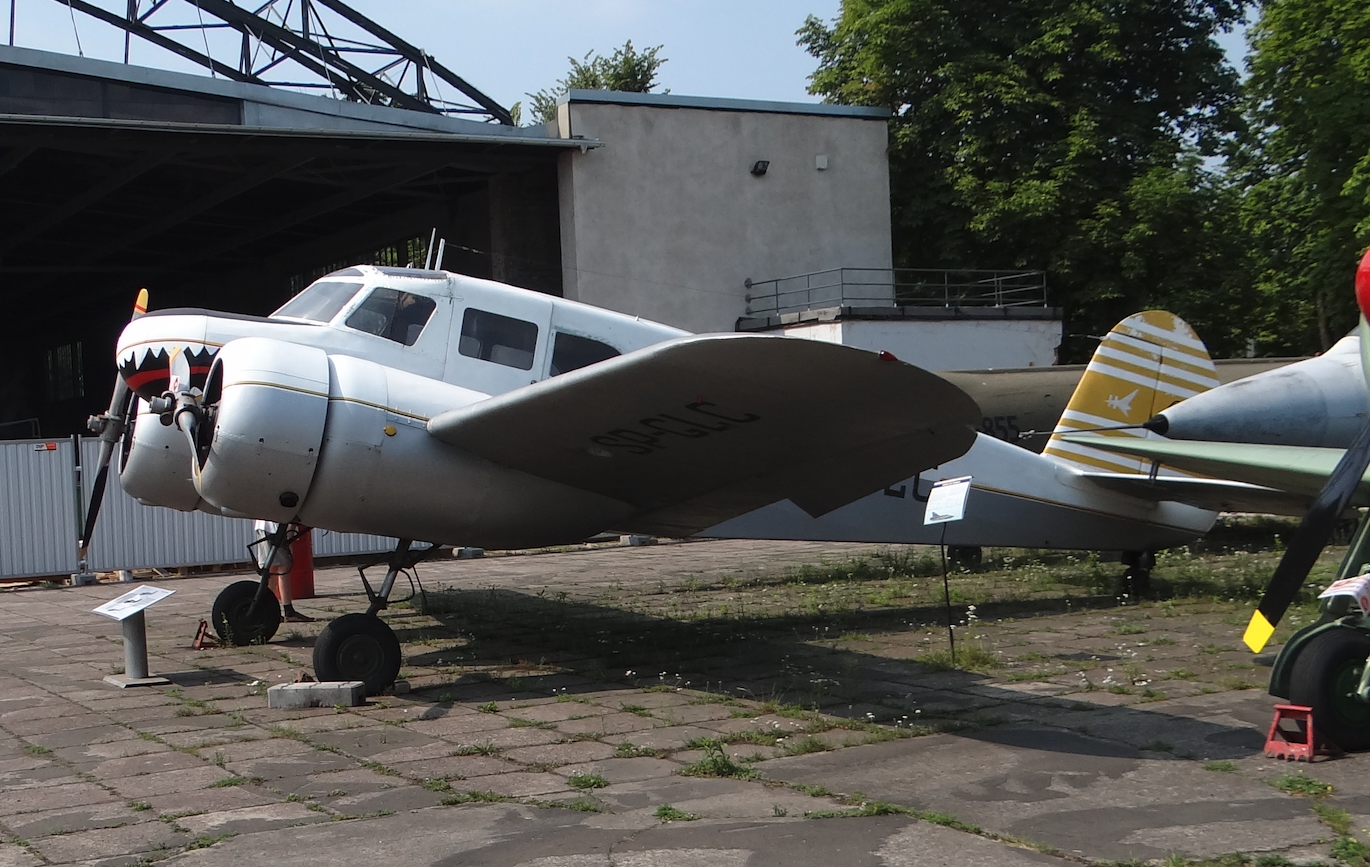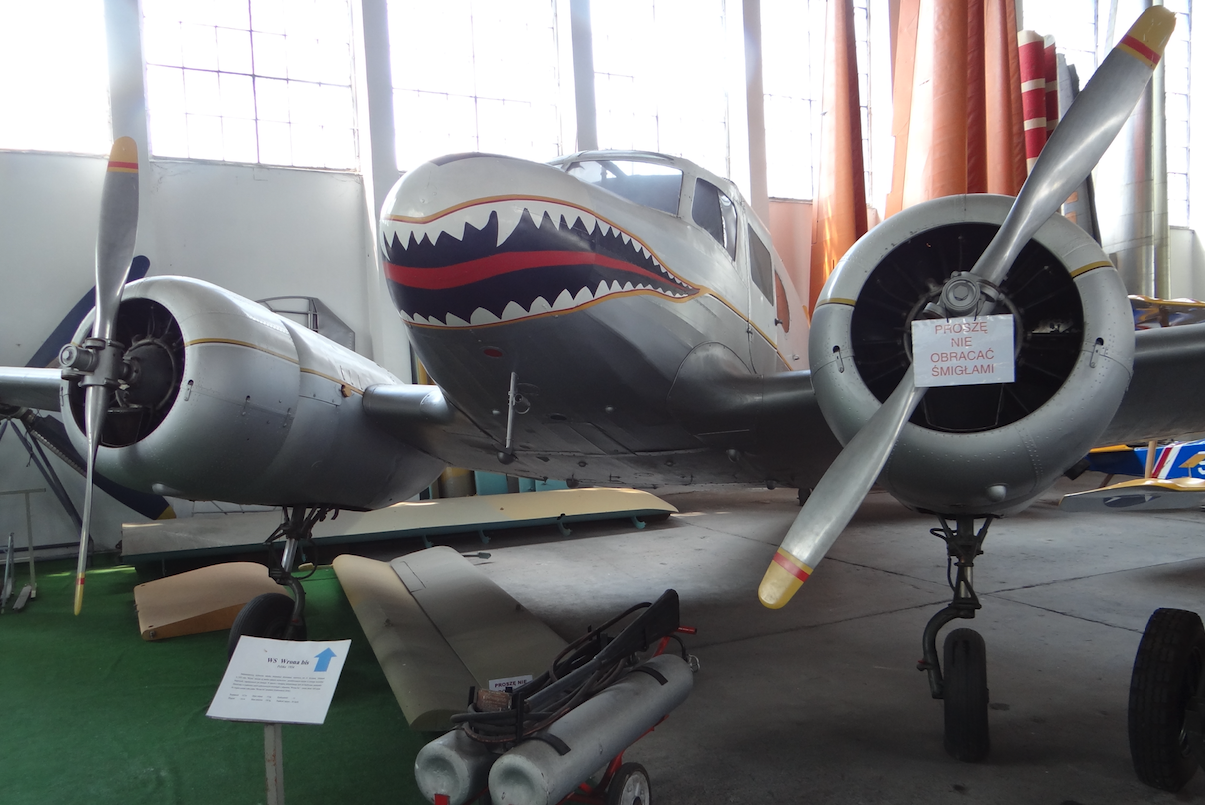Cessna UC-78 Bobcat




History
In this section, we have described the Cessna family of twin-engine, multi-seater airplanes, a comparison from the T-50 model, and ending with the UC-78 model. The Cessna UC-78 Bobcat version was used in Poland.
In January 1934, engineer Clyde Cessna reopened his factory on Pawnee Road in Wichita. The company name is Cessna Aircrafr Corporation. Two of his nephews approached Clyde Cessna; Dwight Wallace as secretary-treasurer and Dwane Wallace as plant manager. In 1935, engineer Clyde Cessna sold his shares to his nephews and retired.
In 1938, the Cessna company developed a twin-engine small-transport aircraft. The aircraft constructor, Eng. Tom Selter. The aircraft was designated Cessna T-50. Overall it was for the Lockheed L-10 Electra flight. On March 26, 1939, the Cessna T-50 Bobcat aircraft made its maiden flight. It was for the first Cessna airplane with retractable landing gear and engines. The production of questions happened in December 1939. The plane did not find many customers. Orders for the Cessna T-50 from, for example, Pan American Airways. However, Cessna bosses managed to convince the Royal Canadian Air Force (RCAF) that the T-50 would be ideal for training pilots of the first bomber aircraft. The proposal was adopted in the new version of the Cessna AT-8, which was bought by the Canadian troops, and soon the USAF. The plane perfectly filled the gap between single-engine and multi-engine aircraft. After a year, a revised version of the AT-17 was introduced.
The Cessna AT-17 aircraft is powered by Jacobs R-755-9 radial (radial) engines. Despite its modern shape, the plane was built of wood and steel pipes. Canvas was used in the wings as the last one. Thanks to this, the plane turned out to be cheap to produce.
When the United States came to the Second World War, the United States came in more and hundreds of copies.
The Cessna AT-17 version of the aircraft was produced in many variants of equipment. The latest versions had a useful load capacity of 1,150 kg, which was relatively large. Thanks to this, a transport version was developed, which received the designation C-78. This version was produced for the USAF. In 1943, its designation was changed to UC-78. The aircraft was built in 1,354 copies. Production ended in 1944. In total, 2 042 (according to other data 5 422) Cessna T-50 / AT-8 / AT-17 / UC-78 aircraft of all versions were built.
After the Second World War, many military aircraft were brought to civilian standards and sold on a surplus basis to many countries around the world.
Cessna AT-17 / UC-78 aircraft were used in Brazil, Canada, Costa Rica, Ethiopia, France, Guatemala, Haiti, Nicaragua, Yemen, China, Paru, the USA, and also in Poland.
Cessna UC-78 in Poland.
After the Second World War, Poland bought 21 Cessna UC-78 aircraft. All imported Cessna came from war production. The planes were badly worn. 14 units were brought to serviceability, the rest were used as spare parts storage.
The PLL LOT company operated the Cessna Bobcat until 1949, when the planes were removed from the state. The only non-canceled Cessna UC-78 SP-LEM plane was handed over to the Institute of Aviation, where it received the SP-GLC registration and was used until 1962. In July 1953, record parachute jumps were made from its deck. In 1967, the Cessna UC-78 Bobcat SP-GLC plane was donated to the collection of the Museum in Krakow.
Construction
The Cessna AT-17 / UC-78 is a twin-engine, low-wing aircraft with a retractable landing gear. The plane takes the pilot and up to four passengers or 1,150 kg of cargo on board.
The wing structure was constructed of laminated spruce beams, spruce trusses and plywood ribs. The leading edges and wing tips are made of plywood. The wings are equipped with ailerons and flaps. The dampers are electrically actuated. Ailerons and rudders mechanically moved with the rope-pusher system.
Three-point chassis with tail wheel. The main landing gear is retracted into the engine nacelles by an electro-mechanical system. However, the wheels do not completely hide in the chambers and the tires stick out a little, which facilitates an emergency landing without the landing gear extended. The fixed tail wheel is not steerable and fully swivel, but can be locked in a fixed center position. During taxiing, turning is performed differently by the brakes.
The drive is made of two Jacobs L-4MB radial motors, with a maximum power of 225 HP and an instantaneous 245 HP. Curtiss Reed fixed pitch propellers were then replaced by Hamilton Standard 2B-20-213 hydraulically powered fixed speed propellers. The propellers were not de-iced. From 1943, propellers with variable angle of attack were used.
The AT-8 aircraft for the USAF received Lycoming R-680 engines with 290 HP. The windows in the fuselage were changed to larger ones. There is an astro-dome in the roof.
As standard, the planes had two Jacobs R-755-9 radial (radial), seven-cylinder, air-cooled engines with a power of 2 x 245 hp (2 x 183 kW).
Data T-T UC-78:
Span 41 ft 11 in (12.78 m). Length 32 ft 9 in (9.98 m). Height 9 ft 11 in (3.02 m). The bearing area is 295 sq ft (27.4 m2). Curb weight 3,500 lb (1,588 kg). Take-off weight 5,700 lb (2,585 kg). Maximum weight 6,062 lb (2,750 kg). Maximum speed 169 kn (195 mph, 314 km / h). Cruising speed 152 kn (175 mph, 282 km / h). Rate of climb 5.8 m / s. Service ceiling of 22,000 ft (6,700 m). Range 650 nm (750 mi, 1,210 km). Take-off run 200 m. Landing run 430 m.
Tally
In Poland, from 1945 to 1949, PLL LOT bought 21 Cessna UC-78 aircraft. 14 aircraft were used. The last aircraft was transferred to the Institute of Aviation and operated until 1962. In 1967, the Cessna UC-78 SP-GLC plane was handed over to the Museum in Krakow.
Written by Karol Placha Hetman
